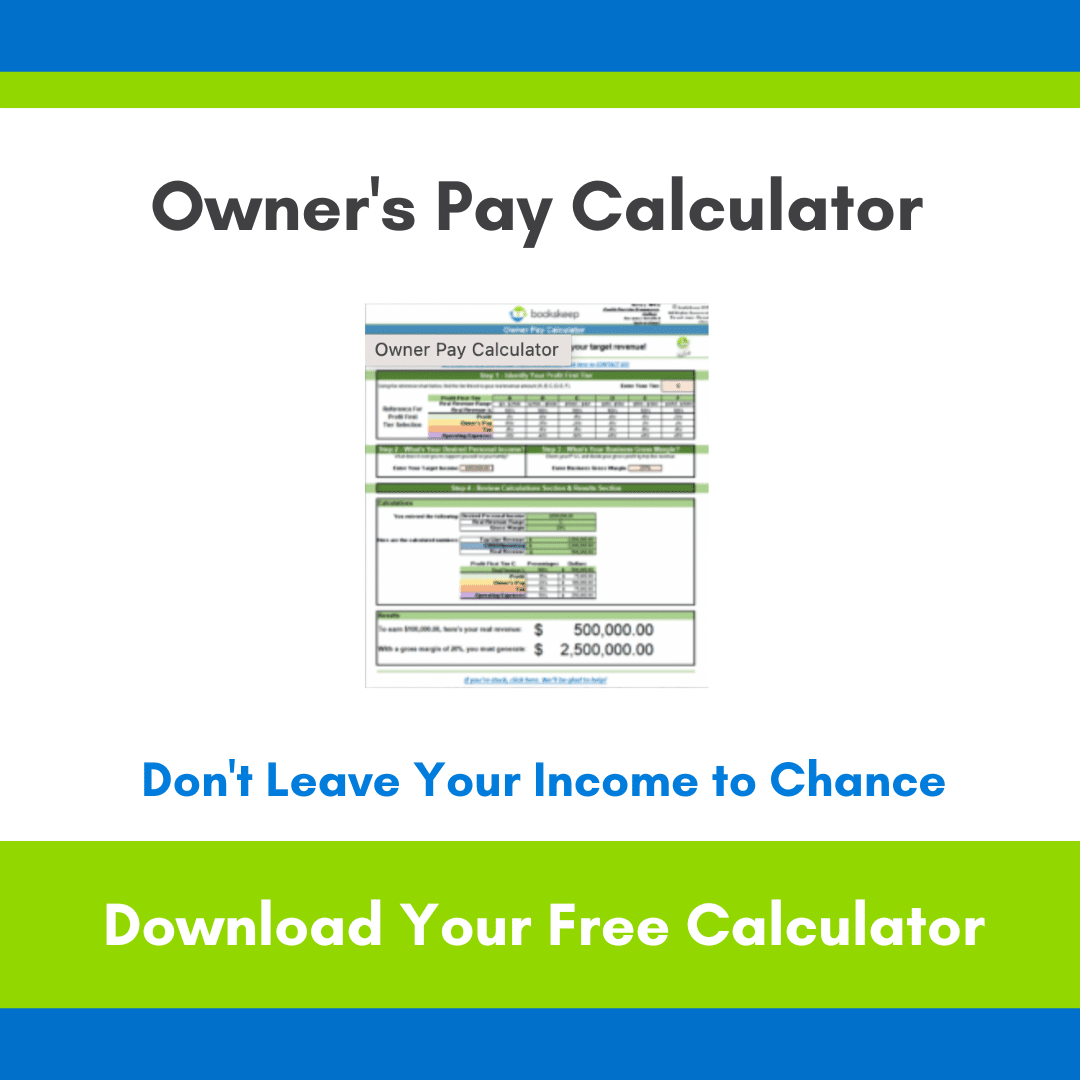Now that another year is in the books, my hope is that your bank accounts are full as a result of great year-end sales and careful financial management. If you haven’t already, you will soon be preparing your records for your tax provider. As we send out year-end financial statements to our clients, we often get calls from them asking why their profits are not showing up in their bank accounts. This can certainly be a bit confusing, making this the perfect time to discuss the information shown on your Profit and Loss Statement and Balance Sheet.
Profit and Loss Statement
This report is the most familiar and easily understood. It shows your sales, cost of goods sold and operating expenses for a specific period of time. The Profit and Loss will reset to zero at the beginning of each new year. There are great analytics here too, with your Gross Profit Margin and Net Profit Margin, for example. By printing your Profit and Loss Statement by Month or comparing this year-to-date to the prior year-to-date, you can monitor trends in both income and expenses, which helps to determine when an account needs your attention.
Last year, we worked with a client whose advertising expenses were growing rapidly. For the first six months of the year, his advertising expenses increased $200,000. While revenues had grown $50,000, showing some benefit from the advertising, the investment was not bringing a reasonable return. While the analytics from the advertising agency looked favorable, the actual financial results were not. The Profit and Loss Statements will help you understand these types of issues when they come up.
Balance Sheet
The Balance Sheet is often overlooked by business owners, but it is extremely important. This report shows the cumulative wealth for the life of your business. It also tracks your cash assets, your inventory that is available to sell, fixed assets such as equipment and property, your debts such as Amazon loans and credit cards, and bills you may owe your suppliers. Finally, the equity or value of your business is tracked in retained earnings for prior years and your current year net income. To understand where your cash is, you must understand the Balance Sheet.
When you receive cash from the sale of your product, those funds are deposited in your bank account. Of course, when you pay for expenses those funds leave your bank account. And if your finances were that simple, the net income on the Profit and Loss Statement would be a close match with your bank account. But as I’m sure you know, it’s not that simple.
Inventory
Inventory is a huge factor that is not accounted for on your Profit and Loss Statement. As you buy inventory that will be sold, you are trading cash assets (money) for inventory assets (goods). The bank account is reduced. A comparable situation would be a reduction in your bank account when you buy a computer system. In this case you are trading cash for fixed assets. These transactions do not show on the Profit and Loss Statement. So, if you had a Profit or Net Income on the P&L of $2,500 but your computer system costs $3,000, your cash would be down $500.
If you have loans or credit card balances, this will impact your cash balances, too. As you receive the funds from a loan, your bank balance increases. If the loan is meant to fund payroll, you may see the expenses hit the Profit and Loss Statement. If you use the loan to buy inventory, the entire transaction is on the Balance Sheet. As you repay the loans, the interest expense will show on your Profit and Loss Statement, but the principal portion of the payment will be shown on the Balance Sheet.
Equity
Finally, any funds that you contribute to your business or that you draw from the business show up in the equity section of your Balance Sheet. If you normally draw a salary as part of payroll each month, and also take a draw of additional funds, the salary shows on the P&L and the draw shows on the Balance Sheet.
When I review with my clients the accounts that drive a difference between the bottom line and the bank accounts, they often find three problem areas: Their inventory spend or build-up has depleted cash; their debt repayment has resulted in reduced cash; or they are taking draws to support their personal needs beyond what the business can afford.
How does your Cash compare to your Profit?
Look at your bank account balances as of the end of last year compared to the balances today. Increasing sales are great, but what really counts is how much you’re keeping in your bank account. I’m wishing you lots of Profits in the year ahead!
Want to book an appointment? Contact us now!
Interested in Profit First for Ecommerce Bookkeeping?

You can also sign up for the Profit First for Ecommerce Sellers Online Course. As a Mastery Level, Certified Profit First Professional, I will teach you why Profit First works so well for ecommerce businesses and the particular challenges for businesses that have physical products requiring inventory management. You will learn how your behavior drives your money management habits for your business and how you can set up your business bank accounts to work with your habits. Contact bookskeep today for more information on ecommerce accounting and bookkeeping.




Leave a Comment